Agastache Foeniculum is a plant that many people love. It is also called Anise Hyssop. This plant is famous for its sweet smell and pretty flowers. It belongs to the mint family. Many gardeners grow it for its beauty and benefits.
What is Anise Hyssop?
Anise Hyssop is a tall herb. It can grow up to three feet high. The leaves are green and shaped like a lance. They have a unique scent, similar to anise. This makes them pleasant to smell. The flowers are small and usually purple or blue. They bloom in summer and attract many bees and butterflies.
Where Does Anise Hyssop Grow?
This plant is native to North America. You can find it in many areas, especially in the Midwest. Anise Hyssop loves sunny spots. It grows best in well-drained soil. It can also survive in poor soil. This makes it a great choice for many gardens.
How to Grow Anise Hyssop
Growing Anise Hyssop is easy. Here are some simple steps:
- Choose a Location: Pick a sunny spot in your garden.
- Prepare the Soil: Make sure the soil drains well.
- Plant Seeds: You can plant seeds in spring. Space them about 12 inches apart.
- Water: Water the plants regularly, especially in dry weather.
- Watch for Weeds: Remove weeds that compete for nutrients.
With these steps, you can grow healthy Anise Hyssop plants.
Benefits of Anise Hyssop
Anise Hyssop is not just pretty. It has many benefits.
1. Attracts Pollinators
This plant attracts many pollinators. Bees and butterflies love its flowers. They help pollinate other plants in your garden. This can lead to more fruits and vegetables.
2. Culinary Uses
People use Anise Hyssop in cooking. The leaves have a sweet taste. You can add them to salads or teas. Some people even use them in desserts.
3. Herbal Remedies
In traditional medicine, Anise Hyssop is valued. People use it for its soothing properties. It can help with colds and coughs. Some make tea from the leaves for relief.
4. Aromatic Qualities
The scent of Anise Hyssop is calming. You can use it in sachets or potpourri. This adds a lovely fragrance to your home.
5. Ornamental Value
Anise Hyssop looks beautiful in gardens. The tall spikes of flowers add color. They bloom from mid-summer to fall. This makes your garden lively and attractive.
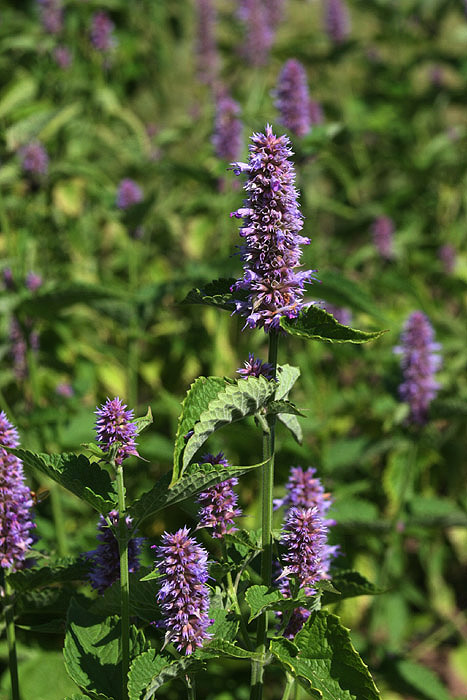
Credit: www.wildflowerfarm.com

Credit: www.prairiemoon.com
How to Care for Anise Hyssop
Caring for Anise Hyssop is simple. Here are some tips:
- Watering: Water regularly, but do not overwater.
- Fertilizing: Use a balanced fertilizer once in spring.
- Pruning: Cut back dead flowers to encourage new growth.
- Pests: Check for pests like aphids. Remove them by hand if needed.
With proper care, Anise Hyssop will thrive in your garden.
Common Pests and Problems
Anise Hyssop is mostly trouble-free. However, some pests may appear. Here are common pests:
- Aphids: These small insects suck plant sap. They can be removed by spraying with water.
- Spider Mites: They leave tiny webs. Keep plants well-watered to avoid them.
- Powdery Mildew: This is a fungal disease. It appears as a white powder on leaves. Make sure to give plants enough air circulation.
Harvesting Anise Hyssop
Harvesting Anise Hyssop is easy. You can pick the leaves and flowers at any time. However, the best time is just before they bloom. This is when their flavor is strongest.
To harvest, use scissors. Cut stems just above a set of leaves. This allows the plant to grow back. Enjoy your fresh herbs in cooking or tea.
Using Anise Hyssop in Cooking
There are many ways to use Anise Hyssop in your kitchen. Here are some ideas:
- Salads: Add fresh leaves for a unique flavor.
- Tea: Steep leaves in hot water for a soothing drink.
- Desserts: Use leaves to flavor cakes and ice cream.
- Herb Blends: Mix with other herbs for seasoning.
Experiment with Anise Hyssop in your favorite recipes.
Conclusion
Agastache Foeniculum, or Anise Hyssop, is a wonderful plant. It brings beauty and benefits to any garden. It attracts pollinators and adds flavor to dishes. With easy care, you can enjoy this herb for many years. Try growing Anise Hyssop in your garden today. You will love its charm and utility.


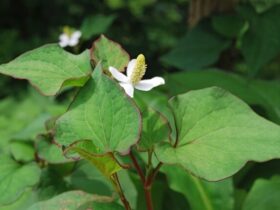


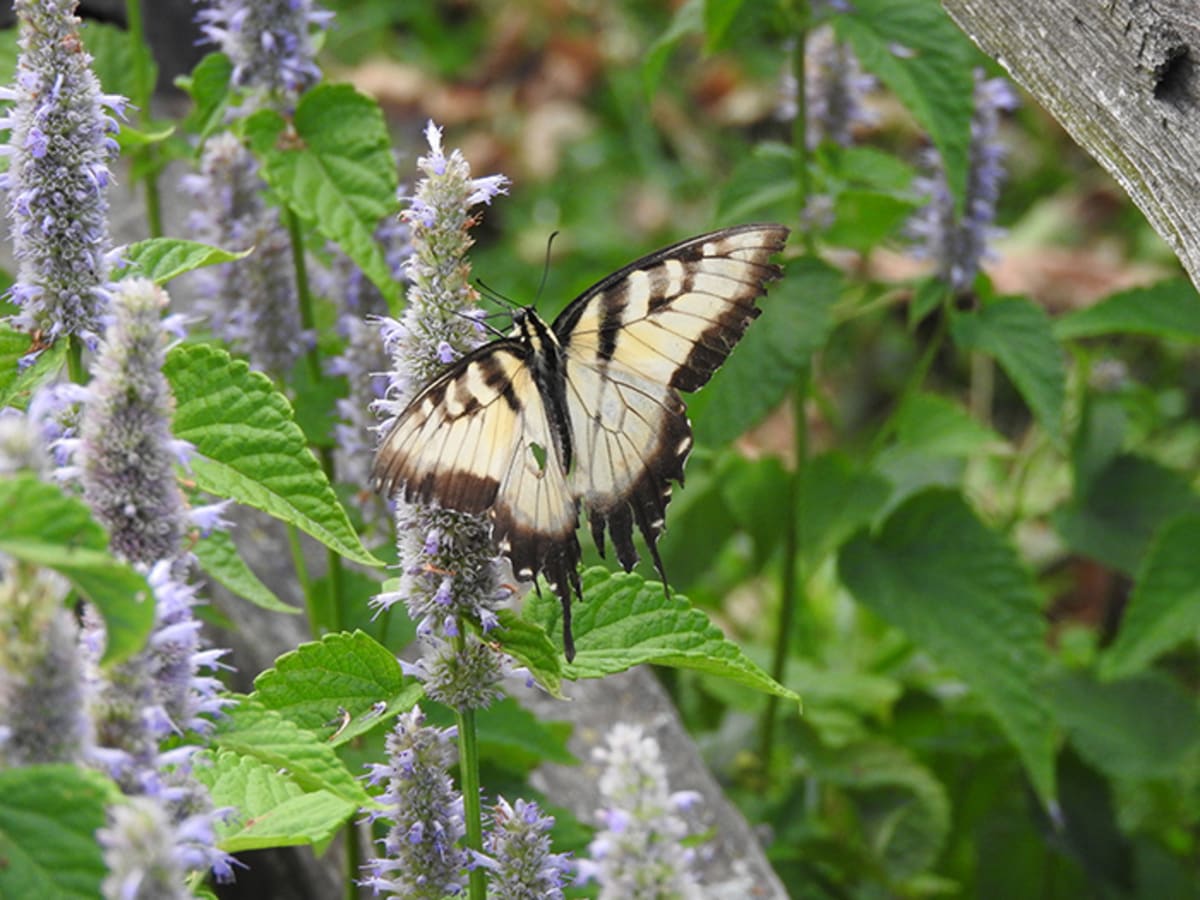



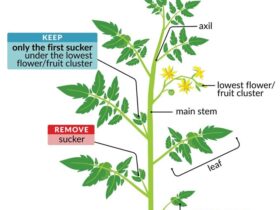


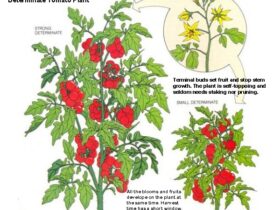

Leave a Review